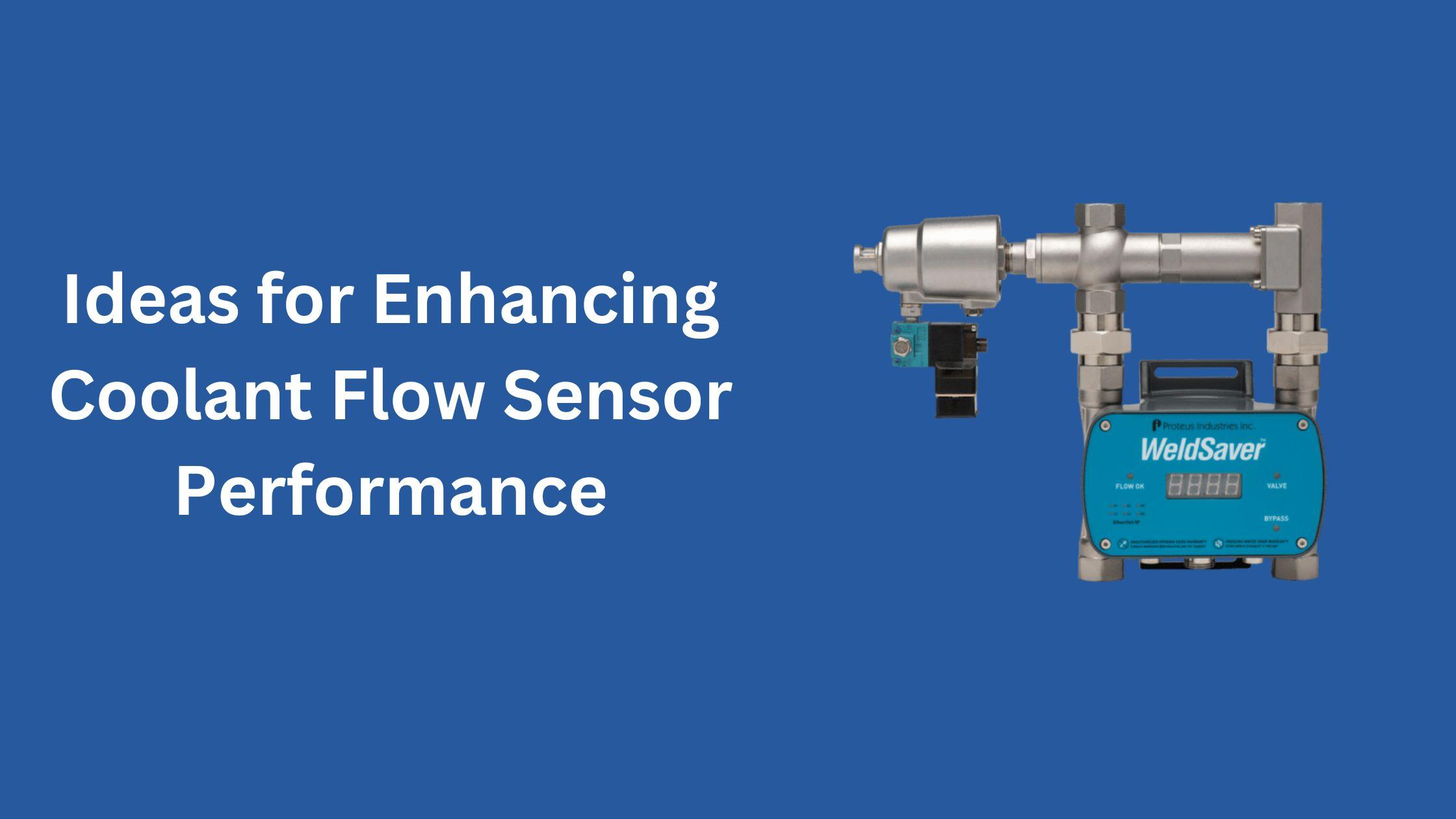Optimizing the performance of a coolant flow sensor is essential in industries that rely on precise fluid control. Companies like Proteus Industries Inc. have pioneered innovations in coolant management with products like the WeldSaver 5+ Passport, which includes coolant retraction modules to enhance efficiency. These advancements underline the importance of a well-functioning coolant flow sensor, particularly in sectors like automotive, electronics, and industrial machinery. This article will explore methods to enhance coolant flow sensor performance, ensuring longevity and precision in high-demand environments.
Understanding the Importance of a Coolant Flow Sensor
A coolant flow sensor plays a critical role in monitoring and maintaining the flow of coolants in industrial applications. The sensor ensures that fluid is moving at the correct rate, preventing overheating and equipment damage. Industries with intricate machinery, such as welding machines and cooling systems, rely heavily on these sensors. Proteus Industries Inc. offers state-of-the-art solutions like the WeldSaver series, which are designed to protect equipment and maximize operational efficiency.
Best Practices for Enhancing Coolant Flow Sensor Performance
Improving the performance of a coolant flow sensor requires regular maintenance, proper calibration, and the integration of advanced technologies.
- Regular Calibration: Calibration ensures that your sensor is providing accurate readings. Over time, environmental factors and wear and tear can impact the sensor's ability to deliver precise data. Regular calibration, following manufacturer recommendations like those provided by Proteus Industries Inc., can help maintain optimal performance.
- Routine Maintenance and Cleaning: Dust, debris, and contaminants can accumulate over time and interfere with the sensor's ability to function correctly. Routine maintenance, including cleaning the sensor, ensures its performance is unaffected by external factors. For example, products like the WeldSaver 5+ Passport integrate advanced designs that reduce contamination risks.
Technological Advancements in Coolant Flow Sensors
These advancements allow sensors to operate more efficiently, predict failures before they happen, and even automate certain functions. Proteus Industries Inc. has embraced this trend with cutting-edge sensors compatible with automated systems, providing real-time data analytics and enhanced functionality.
- Wireless Connectivity: Coolant flow sensors can now transmit real-time data to centralized monitoring systems by incorporating wireless communication capabilities. This reduces the need for manual inspections and allows operators to identify potential issues quickly, preventing costly downtime.
Tips for Selecting the Right Coolant Flow Sensor
Choosing the proper coolant flow sensor can significantly impact overall system performance. When selecting a sensor, it's essential to consider factors like fluid type, flow rate, and the operating environment. Proteus Industries Inc. provides various solutions customized to meet diverse industrial needs, ensuring businesses can find the ideal option for their specific applications.
- Assess the Operational Environment: Consider the conditions under which the sensor will operate. Will it be exposed to extreme temperatures, corrosive chemicals, or high vibration levels? Choosing a sensor built to withstand these challenges will ensure a longer life and more reliable performance.
- Consider Accuracy and Response Time: Accuracy is crucial in coolant flow measurement, particularly in applications that require precision, such as welding.
Benefits of Coolant Flow Sensors in Industrial Applications
Coolant flow sensors offer numerous benefits, particularly in high-demand industries. Maintaining optimal coolant flow rates ensures operational efficiency, improves safety, and contributes to energy savings. Proteus Industries Inc. understands these demands, delivering products that enhance productivity while reducing operational costs.
- Prevent Overheating: One of the main advantages of a coolant flow sensor is its ability to prevent equipment from overheating. The sensor can alert operators to potential problems by monitoring flow rates in real-time, allowing immediate intervention.
- Energy Efficiency: Maintaining an optimal coolant flow also leads to energy savings. Systems that operate at the correct flow rate consume less energy, reducing overall operational costs and environmental impact.
Conclusion
Enhancing the performance of a coolant flow sensor requires regular maintenance, proper calibration, and embracing modern technological advancements. Proteus Industries Inc. offers innovative solutions that help businesses maintain peak performance and reduce operational costs. By following the best practices discussed, industries can ensure that their equipment remains efficient and reliable, even in the most demanding environments.
FAQs
- How often should a coolant flow sensor be calibrated?
Calibrating a coolant flow sensor at least once a year is recommended. However, high-demand environments may require more frequent calibrations. To ensure accuracy, follow the manufacturer's guidelines, such as those provided by Proteus Industries Inc.
- What factors influence the performance of a coolant flow sensor?
Factors such as fluid temperature, flow rate, and contaminants can all impact the performance of a coolant flow sensor. Regular maintenance and choosing the suitable sensor for the environment are crucial for optimal performance.



